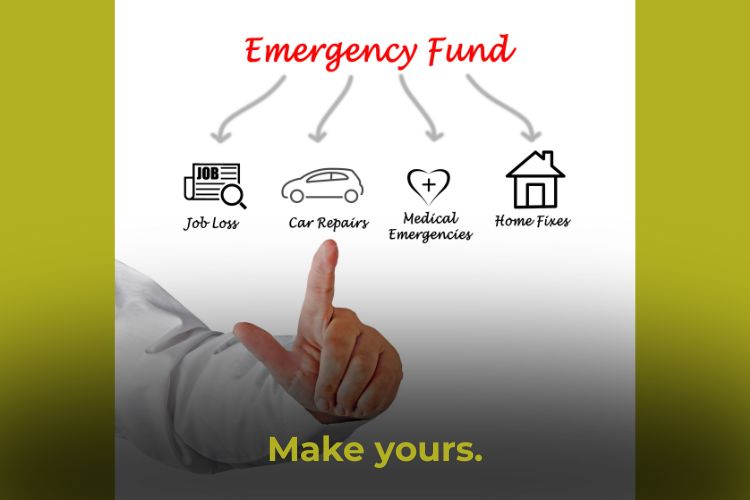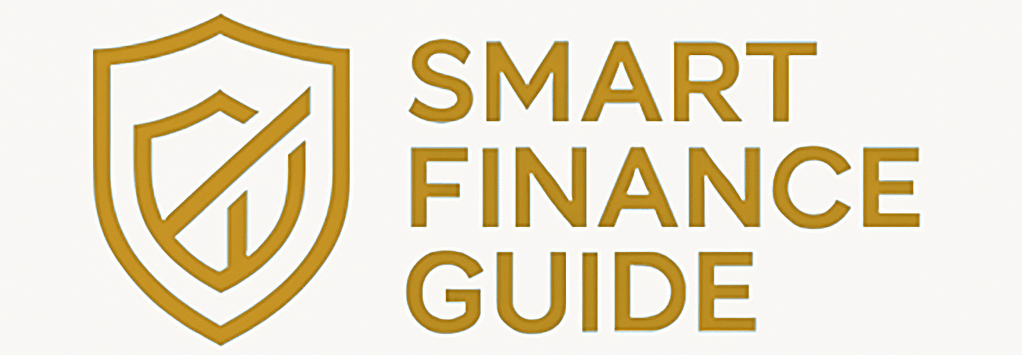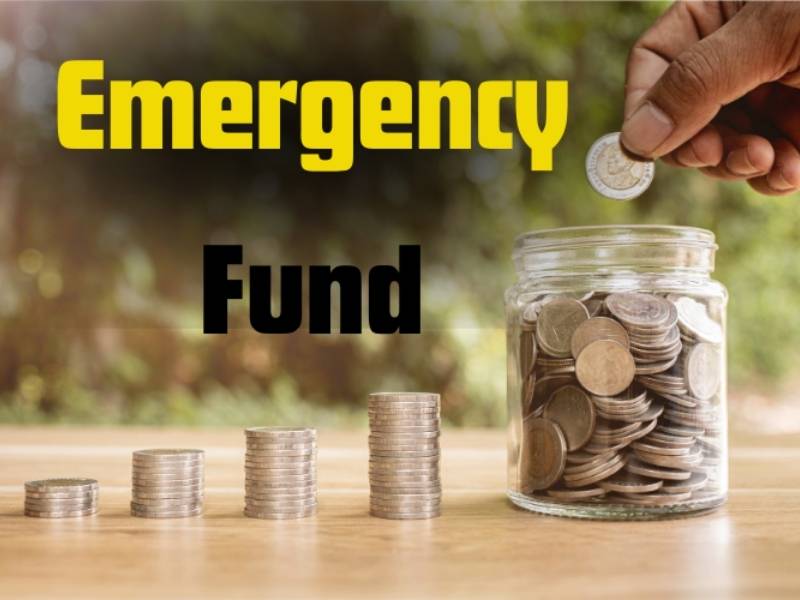Financial emergencies can happen to anyone. Whether it’s a sudden medical bill, an unexpected car repair, job loss, or even a home repair, having an emergency fund can mean the difference between financial stability and overwhelming stress.
Without a safety net, many people are forced to rely on high-interest credit cards or loans, putting their long-term goals at risk. But with an emergency fund, you can protect yourself, your family, and your peace of mind.
In this guide, you’ll learn:
- What an financial security is and why it’s essential
- How much you should save
- The best places to keep your money safe
- A step-by-step plan to build your fund
- When to use (and not use) your emergency savings
- How to rebuild it after spending
What Is an Financial Security?
An emergency fund is money set aside specifically for unexpected and urgent expenses. It acts as a financial safety net, helping you stay afloat when life throws challenges your way.
Key traits of a good emergency fund:
- Liquid – Easily accessible when you need it
- Separate – Kept apart from everyday accounts
- Restricted use – For emergencies only
- Low risk – Not invested in volatile assets
Think of it as a financial shield that protects you from debt and panic when the unexpected happens.
Why You Need an Financial Security
Without a dedicated build an financial security, you might be forced to:
- Use high-interest credit cards
- Borrow money from friends or family
- Delay important bills (damaging your credit score)
- Sell investments at a loss
With an saving for emergencies, you can:
- Stay calm during financial shocks
- Protect long-term financial goals like retirement
- Avoid unnecessary debt
- Maintain control over your choices
How Much Should You Save?
The right amount depends on your income stability, responsibilities, and lifestyle.
- Starter fund: $500–$1,000 to handle small emergencies
- Standard fund: 3–6 months of essential expenses
- Stable income (no dependents): 3 months may be enough
- Unstable income (freelancers, single income, kids): 6+ months is safer
✅ How to calculate your financial security target:
- List essential monthly expenses:
- Rent or mortgage
- Groceries
- Utilities
- Transportation
- Insurance
- Minimum loan payments
- Multiply the total by 3–6 months.
Example:
If your monthly essentials are $2,500, a 6-month emergency fund would be $15,000.
Where to Keep Your Financial Security
Your emergency savings should be:
- Safe (not exposed to market risks)
- Accessible (within 1–2 business days)
- Separate from your daily spending
Best options:
- High-yield savings account – Best balance of safety and growth
- Money market account – Slightly higher interest, still liquid
- Certificates of deposit (CDs) – Good for partial storage if laddered
⚠️ Avoid keeping it in:
- Checking accounts (too easy to spend)
- Investment accounts (risk of market drops)
- Cash at home (security and inflation risks)
See, you might like: Credit Score Explained: How It Works and How to Use It Wisely.

How to Build Your Financial Security Step by Step
Step 1: Set a Starter Goal
Start with $500–$1,000 to build momentum. It’s enough for a car repair, medical bill, or home fix.
Step 2: Add It to Your Budget
Treat savings like a monthly bill.
- Automate transfers on payday
- Start small: even $25 per week adds up
- Use cash-back rewards or extra income to boost savings
Step 3: Cut or Redirect Expenses
Free up money by:
- Canceling unused subscriptions
- Cooking at home instead of eating out
- Selling unused items
- Using coupons and cashback apps
Step 4: Use Windfalls Wisely
Whenever you receive extra money — a tax refund, work bonus, gift, or side hustle income — put at least part of it into your emergency fund.
Step 5: Track Your Progress
Use a spreadsheet, budgeting app, or even a simple chart to visualize your growth.
Seeing your fund grow month by month keeps you motivated.
When to Use Your Financial Security
Use it only for true emergencies that are:
- Unexpected
- Necessary
- Urgent
Valid examples:
- Medical bills not covered by insurance
- Car repair needed to get to work
- Job loss or reduced hours
- Essential home repairs (broken heater in winter)
- Emergency vet bills
✅ Rule of thumb: If it impacts your health, income, or home stability, it’s an emergency.
When NOT to Use It
Avoid using your financial security for:
- Sales or shopping temptations
- Vacations or gifts
- Minor inconveniences
- Paying off low-interest debt
- Planned expenses (create a separate sinking fund)
Your emergency fund is sacred — protect it at all costs.
How to Rebuild After Using It
If you need to dip into your fund:
- Pause non-essential spending for a month or two
- Redirect extra income (bonuses, tax refunds, side hustle money)
- Temporarily increase savings contributions
- Set a clear timeline to replenish it fully
Remember: the goal is not to feel guilty about using your fund, but to rebuild it as quickly as possible.
Tips to Protect Your Fund
- Keep it in a separate account without debit card access
- Label the account: “Financial Security – Do Not Touch”
- Use two-factor authentication for security
- Never lend from it unless it’s a real crisis
Learn more here: Emotional Financial Decisions: How to Avoid Impulse Buying and Make Smarter Money Choices.
Final Thoughts: Financial Peace Starts With Preparation
You can’t predict the future — but you can prepare for it.
An emergency fund gives you freedom, flexibility, and financial peace of mind. It keeps you safe from debt traps and allows you to handle unexpected situations with confidence.
Start small, save consistently, and protect your progress. Your future self will thank you for the stability and security an emergency fund provides.
FAQ – Building and Using an Emergency Fund.
What is an financial security and why do I need one?
An emergency fund is a separate savings account for unexpected expenses like medical bills, car repairs, or job loss. It protects you from going into debt during financial emergencies.
How much should I have in my emergency fund?
A basic emergency fund should have $500 to $1,000 to start. Ideally, aim for 3 to 6 months of essential living expenses based on your income stability and lifestyle.
Where should I keep my emergency fund?
Store it in a high-yield savings account or money market account. It should be safe, accessible, and separate from your daily spending to avoid temptation.
When should I use my emergency fund?
Only use it for unexpected, urgent, and necessary expenses — like job loss, emergency home repairs, or unplanned medical bills. Not for vacations, shopping, or routine bills.
How can I build an emergency fund on a tight budget?
Start small with automatic transfers, cut non-essential expenses, use windfalls like tax refunds, and track your progress visually. Even $25/week adds up over time.

